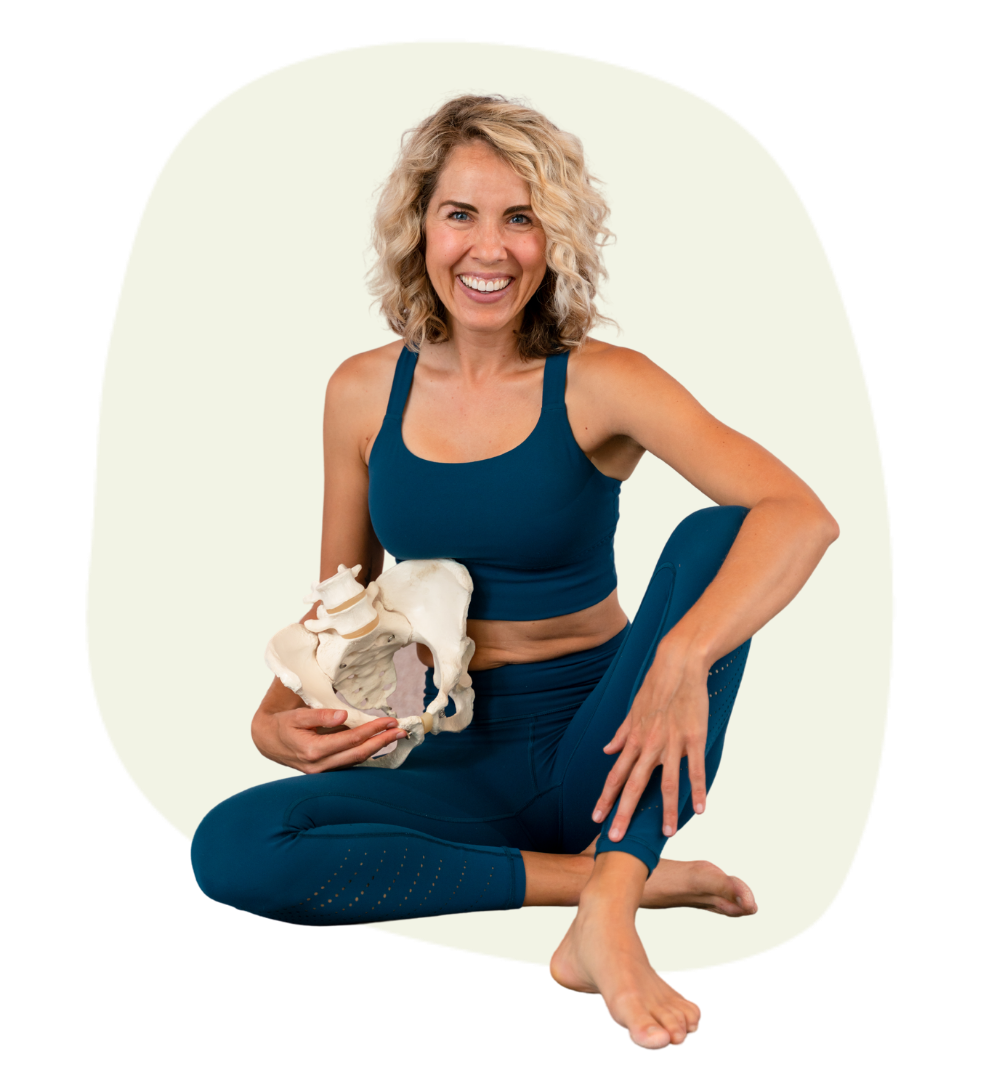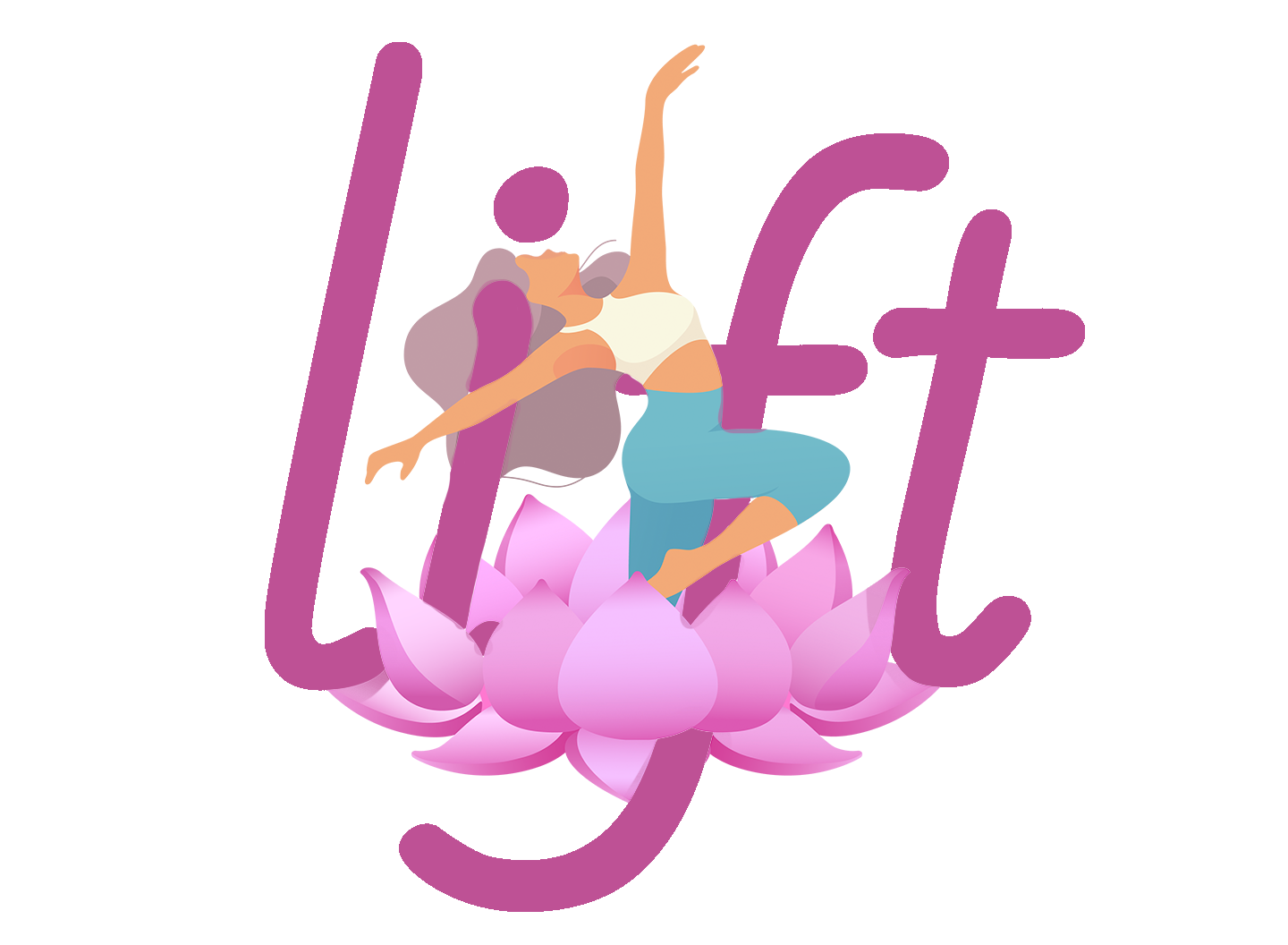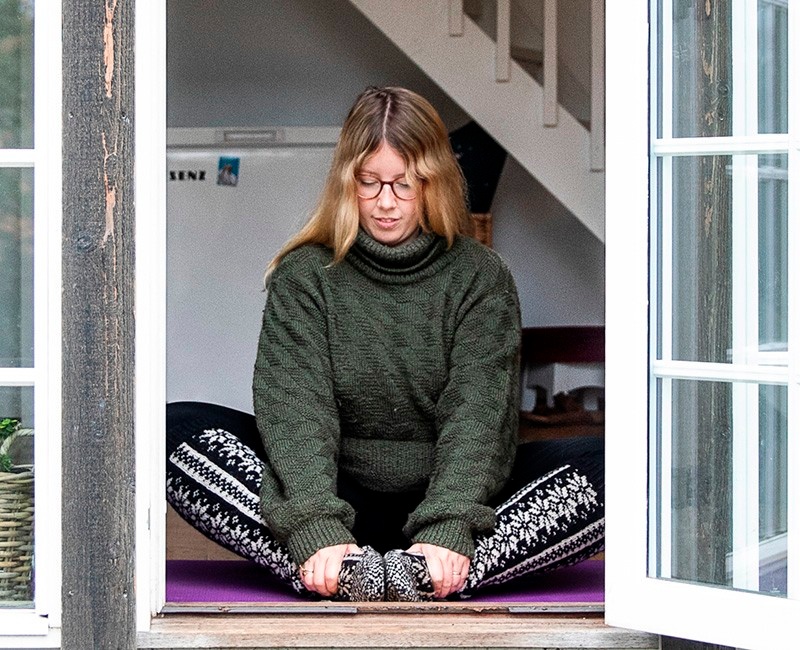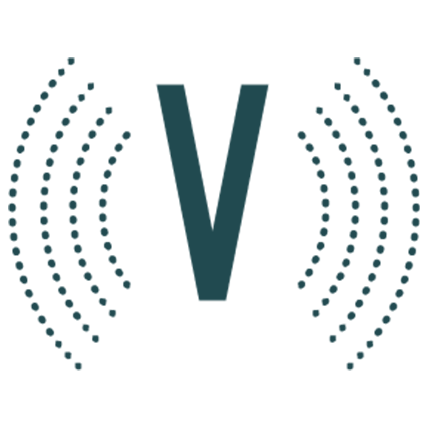
The Science
Our evidence-based programs deliver results. We believe that healthcare is both an art and science.
At Vibrant Pelvic Health, we believe that pelvic healthcare is both an art and science. We honor and uphold evidence-based practice, while also utilizing techniques that have proven to be effective based on feedback from our clients and actual lived experience. We offer a mix of time-honored holistic and alternative treatment modalities, as well as exercises and physical medicine methodology from Dr. Bri’s extensive training as a Doctor of Physical Therapy.
Below, you’ll see a selection of the quantitative studies and resources that have been used to direct the programming for Overcome Pelvic Pain, and Lift for Prolapse Relief.

"Dr. Brianne Grogan and the team at Vibrant Pelvic Health are so knowledgeable and teach so well that I rarely need to add to their programs. I can spend my time doing the things that I do best and my patients can use their time well in between sessions."
Maeve Whelan, Milltown Physiotherapy

The Overcome program was inspired by co-creator Michael Hodge's personal experience with chronic pelvic pain syndrome and Dr. Bri’s personal, professional, clinical, and educational pelvic health expertise. Overcome Pelvic Pain combines cutting-edge science with what we know to be true from our own journeys and from working with clients from around the globe.
Through our extensive research and firsthand knowledge, we have learned that pain is treatable—even in chronic cases—when it’s properly addressed with an integrated, holistic approach. Disclaimer: Always be aware of other potential causes of pelvic pain, including (but not limited to) tumors, infections, and sexually transmitted infections. Increasing or unremitting pain must be evaluated by your physician.
The following articles have guided the Overcome programs and our holistic, multifactorial approach to resolving pelvic pain. PMID numbers are listed when available. Two of the following studies are based on low back pain diagnoses; we have taken the liberty to extrapolate and apply this information to pelvic pain, since there is still a paucity of research related to pelvic floor dysfunction.
Learn More About Overcome Pelvic Pain

Articles
- Exploring Pain-Related Anxiety and Depression in Female Patients With Provoked Vulvodynia With Associated Overactive Pelvic Floor Muscle Dysfunction (Govind et al., 2020) PMID: 32591220
- Recognition and Management of Nonrelaxing Pelvic Floor Dysfunction (Faubion et al., 2012) PMID: 22305030
- Pathophysiology of pelvic floor hypertonic disorders (Butrick, 2009) PMID: 19932422
- Effect of Pain Reprocessing Therapy vs Placebo and Usual Care for Patients With Chronic Back Pain: A Randomized Clinical Trial (Ashar et al., 2021)
- Shape shifting pain: chronification of back pain shifts brain representation from nociceptive to emotional circuits (Hashmi et al., 2013) PMID: 23983029
- The Pelvic Floor as an Emotional Organ “The Mirror of the Soul,” presentation by Y. Reisman MD, PhD, FECSM, ECPS Urologist & Sexologist Flare-Health Netherlands 2020

Books
- Heal Pelvic Pain by Amy Stein
- A Headache in the Pelvis by David Wise and Rodney Anderson
- Somatics by Thomas Hanna
- Pelvic Power by Eric Franklin
- Explain Pain by David Butler and Lorimer Moseley
- Anatomy Trains: Myofascial Meridians for Manual and Movement Therapists by Thomas Myers
- Trigger Point Therapy for Myofascial Pain: The Practice of Informed Touch by Donna Finando
- Outsmart Endometriosis: Relieve Your Symptoms and Get Your Career Back on Track by Jessica Drummond
- Chronic Pelvic Pain: An Integrated Approach by John Steege, Deborah Metzger, and Barbara Levy

The Lift program was created in response to Dr. Bri’s personal needs as a postpartum woman with mild prolapse. Bri utilized the exercises and techniques that are now in Lift with excellent results, and today she shares her program worldwide to help people with prolapse and bladder leakage relieve their symptoms naturally, and prepare them for a lifetime of pelvic health. This is accomplished via body awareness and basic anatomy education, pelvic floor relaxation training, gradually progressive pelvic floor/core strengthening, and lifestyle management tips to keep the pelvic floor healthy and safe.
The following articles have guided the Lift program and Dr. Bri’s holistic, multifactorial approach to pelvic health. PMID numbers listed when available.


Articles
- Are There any Relations Between Posture and Pelvic Floor Disorders? A Literature Review (Zhoolideh et al., 2017)
- Abnormal spinal curvature as a risk factor for pelvic organ prolapse (Melli and Alizadeh, 2007)
- Clarification and confirmation of the Knack maneuver: the effect of volitional pelvic floor muscle contraction to preempt expected stress incontinence (Miller et al., 2008) PMID: 18204797
- Intraabdominal pressure with pelvic floor dysfunction: do postoperative restrictions make sense? (Yamasoto et al., 2014) PMID: 25098032
- Can pelvic floor muscle training reverse pelvic organ prolapse and reduce prolapse symptoms? An assessor-blinded, randomized, controlled trial (Hoff Brækken et al., 2010) PMID: 20435294
- Morphological changes after pelvic floor muscle training measured by 3-dimensional ultrasonography: a randomized controlled trial (Hoff Brækken et al., 2010) PMID: 20093905
- Individualised pelvic floor muscle training in women with pelvic organ prolapse (POPPY): a multicentre randomised controlled trial (Hagan et al., 2014) PMID: 2429040
- Pathophysiology of pelvic floor hypertonic disorders (Butrick, 2009) PMID: 19932422 *Note that pelvic floor hypertonicity can contribute to pelvic pain, as well as to prolapse

Books
- Your Pelvic Floor by Kim Vopni
- Why Did No One Tell Me by Emma Brockwell
- Pelvic Power by Eric Franklin
- Saving the Whole Woman: Natural Alternatives to Surgery for Pelvic Organ Prolapse and Urinary Incontinence by Christine Ann Kent
- Anatomy of Breathing by Blandine Calais-Germain
- The Female Pelvis by Blandine Calais-Germain
Make Your Pelvic Pain History
How else may we help?
Vibrant Pelvic Health programs are not a substitute for individualized medical treatment; contact a physician and/or physical therapist in your area for one-on-one evaluation and a personalized treatment plan.



